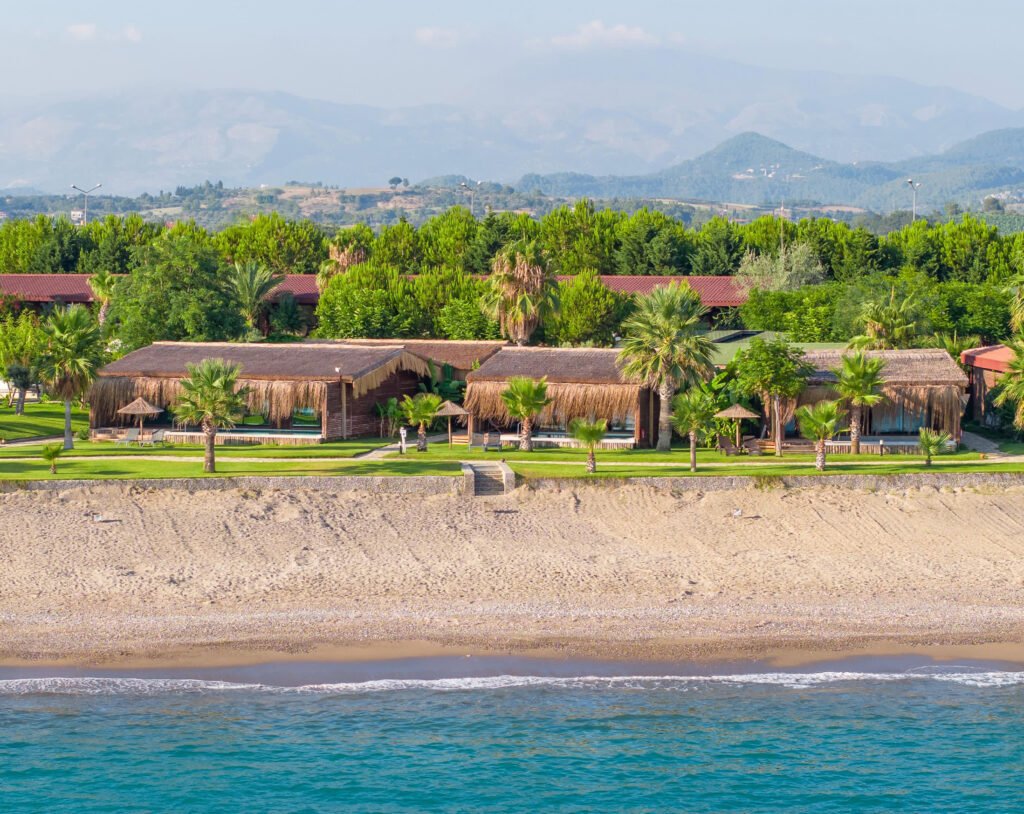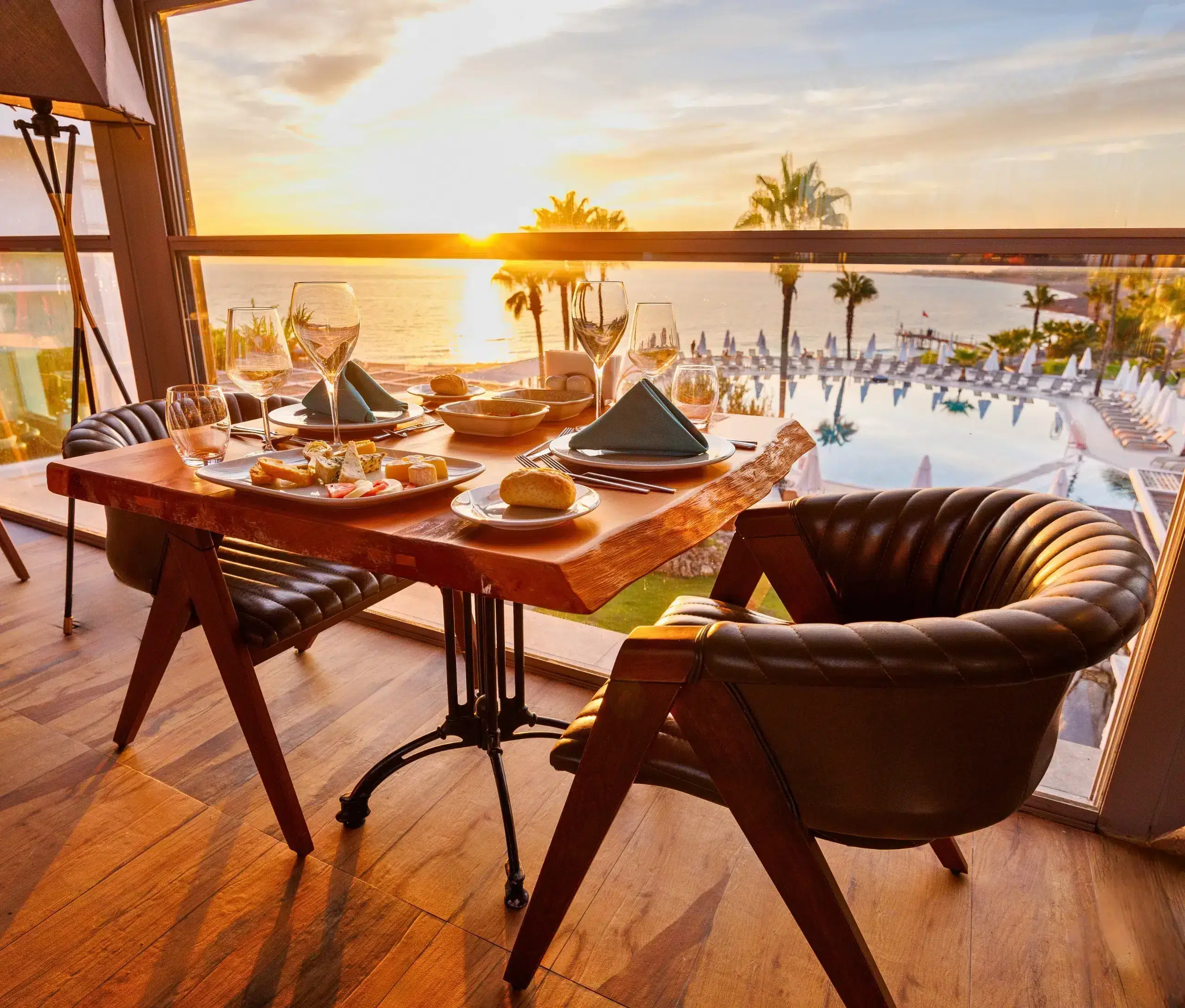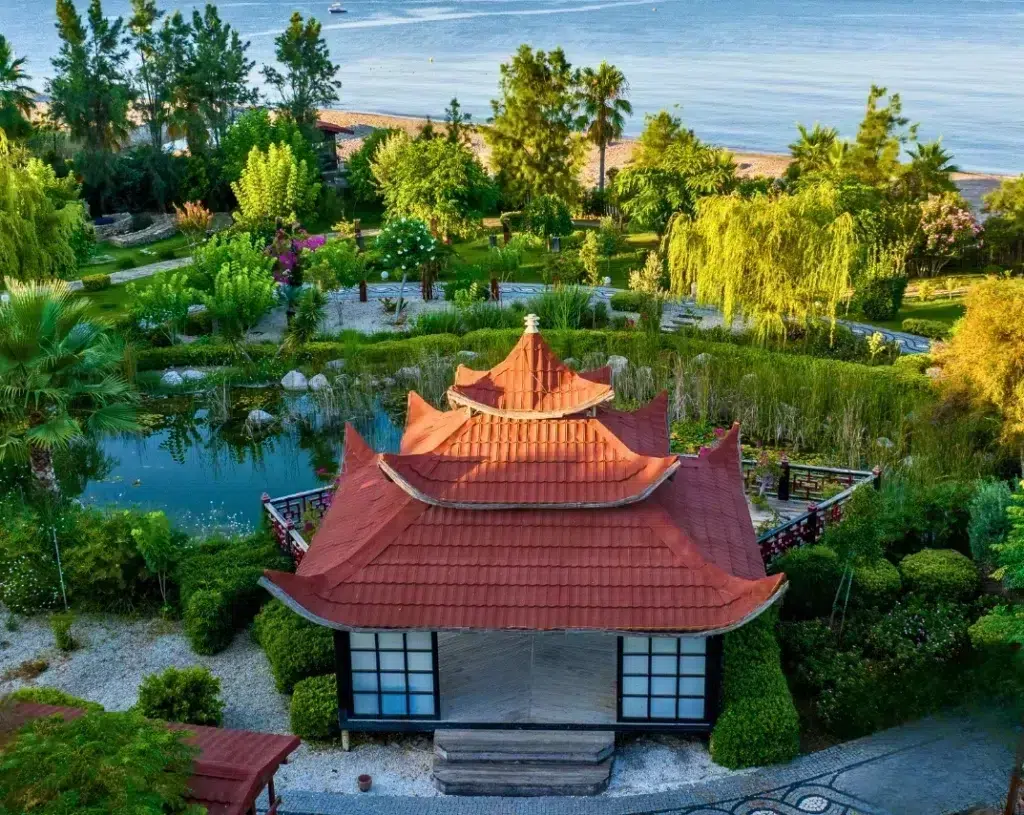Based on 8065 reviews
Top 2% of hotels in Antalya

Flora Garden Beach Hotel, an adults-only (+16) haven near Manavgat, Antalya, offers a tranquil escape with its 2023 renovation emphasizing simplicity and nature. Guests enjoy stunning sea views, a vibrant outdoor pool, and a serene smaller pool by a zen garden.
The sea-view fitness centre and tennis court cater to active guests, while spa treatments promise relaxation. Dining options feature diverse restaurants and bars, enhanced by live music and beach parties. This hotel combines natural serenity with luxury for a rejuvenating stay.
At Flora Garden Beach, enjoy a culinary journey with diverse flavours for every palate in this tranquil Antalya oasis. Our menu, blending traditional and innovative tastes, promises memorable dining experiences. Every meal is a celebration of global cuisine, turning dining into an exploration of taste and enjoyment.


Uncover the tranquility of our Zen Garden, an idyllic retreat nestled within the alluring nature of Manavgat. This peaceful haven by the sea offers a sanctuary for meditation and the practice of yoga amidst a tapestry of endemic flora and the gentle cadence of lapping waters. Meander over whimsical bridges to reach the stately pagoda, a sanctuary of serenity. Here, breathe in the serenity and partake in the rejuvenating yoga sessions held in the cradle of nature’s embrace.

At Flora Garden Beach, we offer an unparalleled holiday experience with our contemporary, adults-only hotels, specifically tailored for guests aged 16 and above. Our properties are equipped with inviting pool areas, sophisticated décor, and stylish dining options, situated in prime locations to ensure exceptional experiences. Whether you’re in search of relaxation or romance, our Adults Only +16 – Couples Concept vacations are crafted for unwinding and enjoying the laid-back ambiance to the fullest.